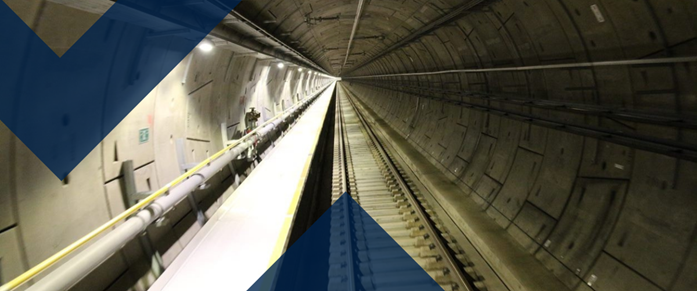
The Elizabeth line
Delivering integral systems for the UK’s first digital railway, the Elizabeth line, harnessing collaboration and innovation to drive an unrivaled user experience
- Service 1
Crossrail
- Service 1
Joint venture with Alstom and TSO:
o Costain’s joint venture with Alstom and TSO and Crossrail’s largest JV – was engaged to deliver the design, construction, testing and commissioning of the railway systems in the Elizabeth line’s tunnel network across London. This included track, mechanical and electrical systems, overhead lines, equipment within tunnels and ventilation
o Working with Alstom, we also delivered the high voltage (HV) traction power (25kV) and non-traction power (11 and 22kV) systems
- Service 1
Complex programme delivery, rail systems
Key benefits
Passing through 41 stations,
the Elizabeth line is set to increase central London's rail-based transport network capacity by 10% with an estimate of 200 million annual passengers
An estimated 75,000 people have helped deliver the Elizabeth line with over 10,000 working on the project at the height of construction
Generated enough work to support the equivalent of 55,000 full-time jobs through the supply chain
Three in five businesses that have supplied the project are based outside London
The new railway will support regeneration across the capital and adds an estimated £42bn to the UK economy
Challenge
A large-scale infrastructure project, the Elizabeth line implementation was a huge feat of engineering – not least due to the complex nature of the brief, with multiple interdependencies throughout the delivery.
The scope of work included the design and installation of track, overhead lines, tunnel mechanical and electrical systems and tunnel ventilation to fit out 21km of twin bore tunnels – between Royal Oak, Pudding Mill Lane, and Plumstead Portals – as well as the design, construction, testing and commissioning of the system which provides traction power for the trains in the central tunnelled section of the scheme. We also maintained all the installed systems until they were handed over to the infrastructure operator.
As the UK’s very first digital railway, the Elizabeth line features modern signalling and train control technology to deliver a high-frequency metro service.
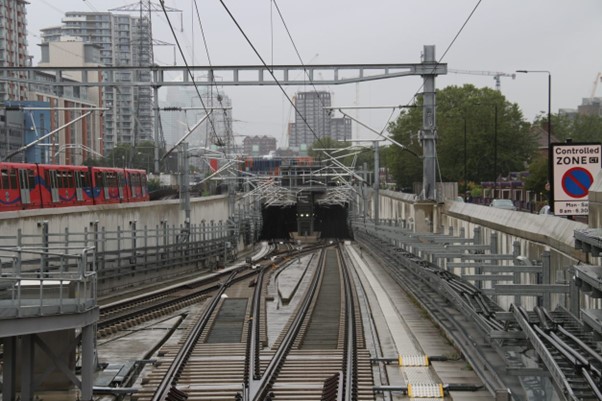
Solution
A systems approach
Collaboration was key to the successful delivery of this complex programme – and required coordination and integration of all stakeholders across more than 20 other principal contractors involved in the systemwide delivery, which formed a large part of the planning phase. This included significant engagement across multiple disciplines and with other station, shaft and portal, and routeway projects.
We adopted a systems approach enabled by digital tools and processes to proactively maximise opportunities for efficiency. We used Building Information Modelling (BIM) technologies to develop a common design environment which allowed us to successfully coordinate the interface between all parties and build a deep understanding of the programme interdependencies and synergies.
We utilised a work planning time-chainage tool (TILOS) to sequence the multi-faceted tunnel fit-out installation works across all Crossrail projects. We led structured planning workshops with multidisciplinary stakeholders, including all other routeway and station Tier 1 contractors, to create a clear and integrated programme of works which prioritised safe working and effective delivery.
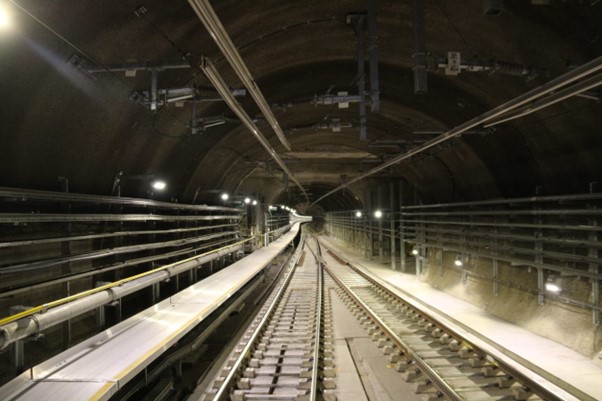
Innovative delivery
The sheer scale of the delivery meant a massive 250,000 holes needed to be drilled into the tunnel walls. The JV developed a semi-robotic drilling rig to accelerate the tunnel fit-out and to minimise the time employees spent working in safety critical environments, in line with our Right First Time Approach.
The rig bored into the concrete lining and attached core fixings and brackets – reducing the potential impact of humans working at height, and risks posed by repeated exposure to hand and arm vibration. Mobile assembly lines were pulled into place and packed with kit to enable the efficient laying of cabling and fixing of brackets – with a twist-lock mechanism providing the ability to seamlessly take modules on and off the trailer without wider disruption.
Innovations didn’t stop there. Floating track slabs were used to minimise noise and vibration as the track passed through Soho – including a specialist solution in the most sensitive areas, such as under the Barbican Centre – to negate any disruption to the concert halls above.
Working with Alstom, we also delivered the HV traction power (25kV) and non-traction power (11kV and 22kV) systems. We used digital rehearsals to assure the installation of switch gear in complex station structures, up to six storeys beneath central London. The works included integration and testing of these two systems for the Crossrail programme, which included ongoing engagement and communication with multiple stakeholders, such as National Grid.
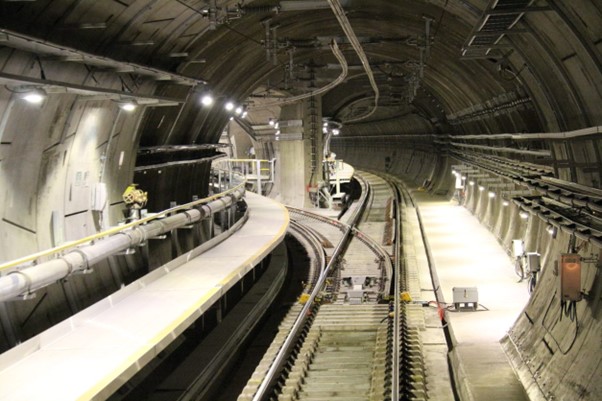
Outcome
The final phases of the project required rigorous testing, integration of all systems, and a full commissioning scheduled throughout. Working with our partners we developed a dynamic testing rulebook (the Construction and Commissioning Railway Rulebook) and HV electrical safety rules which governed the delivery of the programme and leaves a legacy for other Transport for London projects.
Once fully operational, the Elizabeth line will be hugely beneficial to London, not only reducing journey times and increasing the capacity of the network but by offering an unrivaled user journey too.
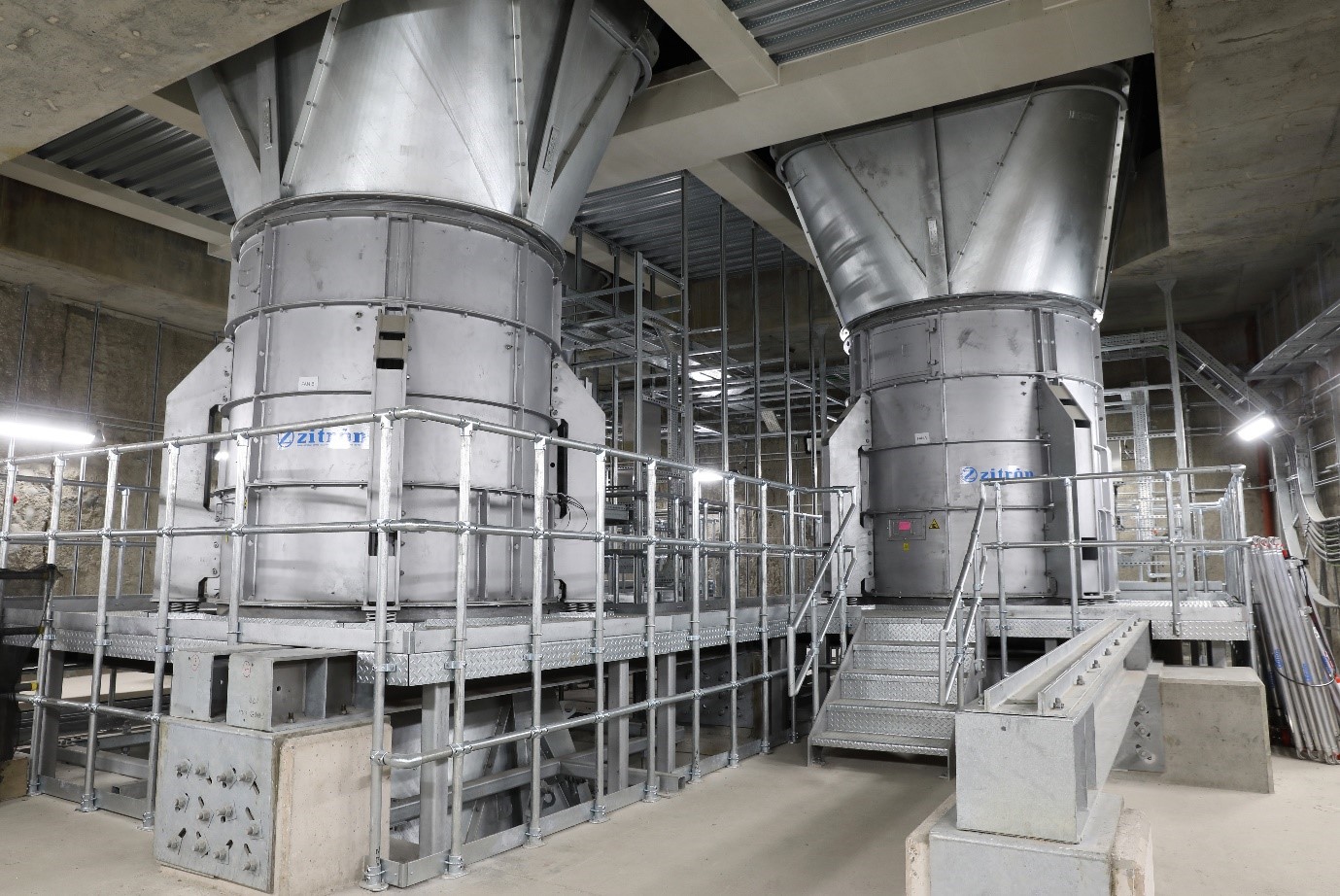
Contact and social
Rail
